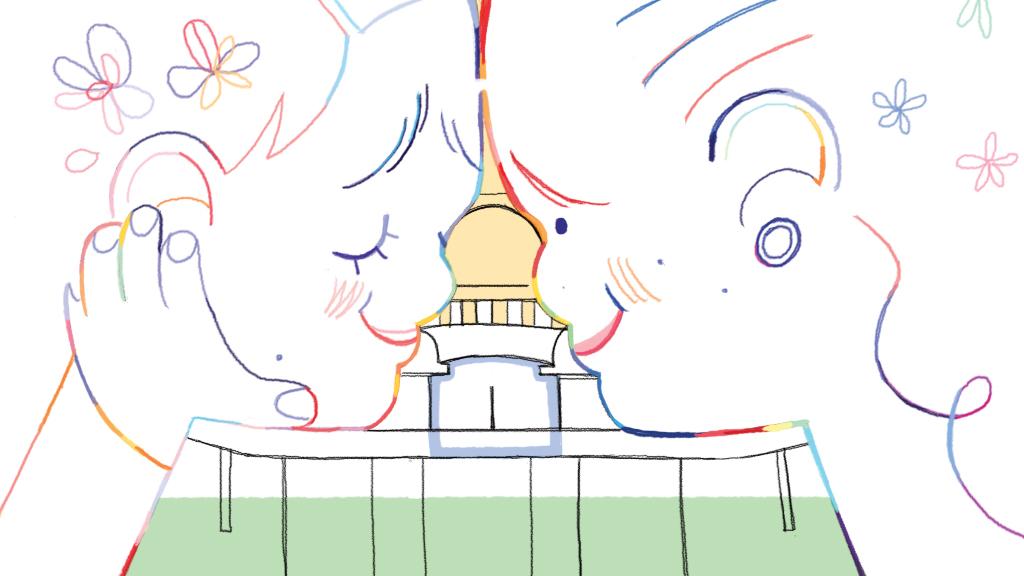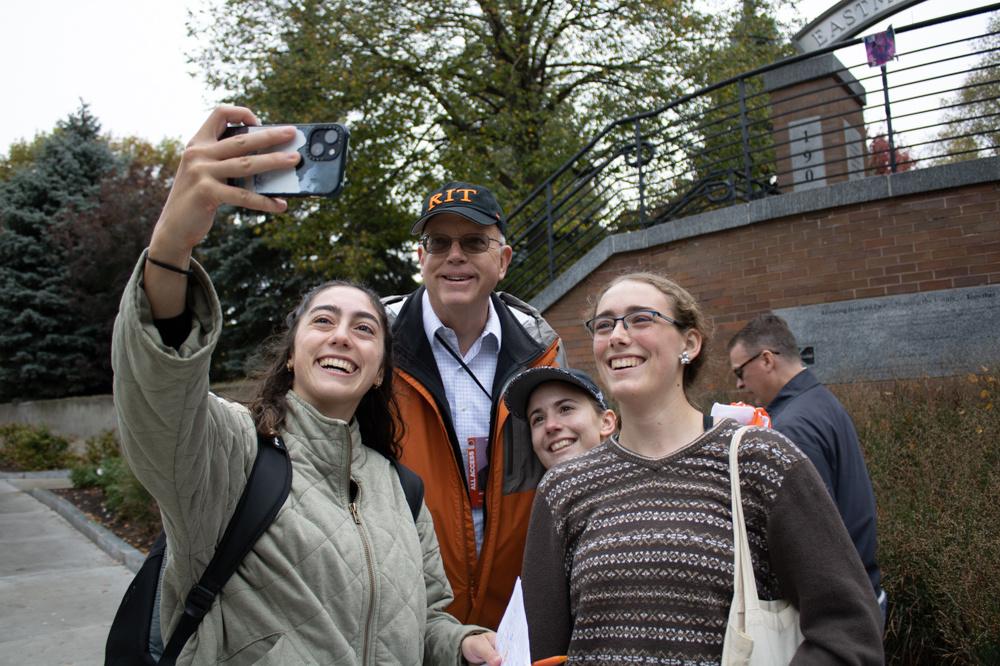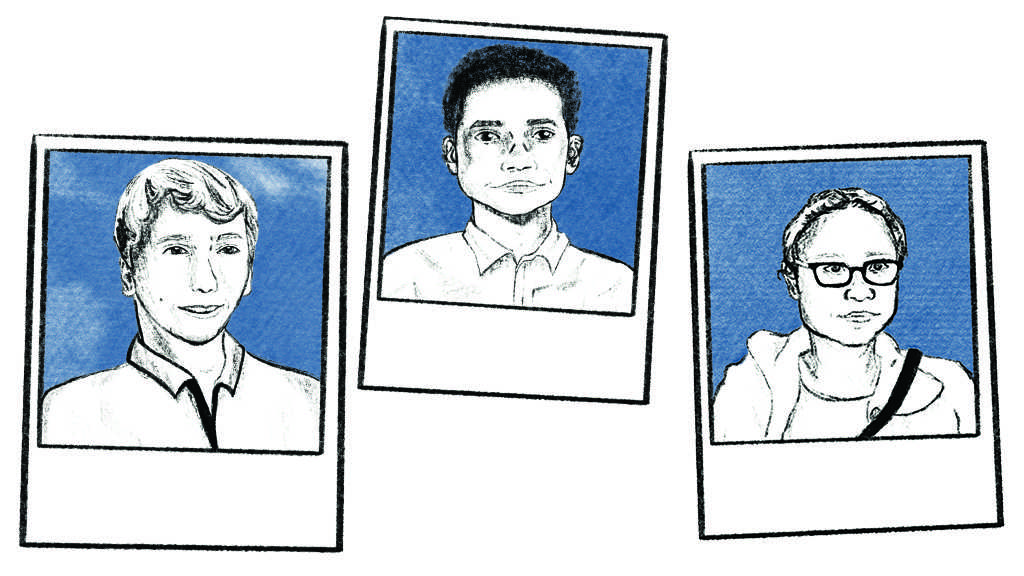What’s the underlying link between the warrior Shikhandi, Queen Ila, Sage Nammallvar, King Bhagaswan and the Pandava Arjuna? All of these ancient Indian figures belonged to the LGBTQ without the fear of repression, persecution, criminalization or punishment. Yet the recent supreme court decision to repeal Section 377 of the Indian Penal Code, the law that criminalized same sex relationships, is causing furors in the media. The history of how India’s liberal society went from being accepting of all gender identities and sexual orientations — to criminalizing them with up to 10 years in prison — is truly surprising.
LGBTQIA+ Community in India
The LGBTQIA+ community has been an accepted part of Indian culture for millennia. Shikandi.one of the most celebrated warriors in the Mahabharata — one of the major epics of Indian mythology — is also a transgender person. Ila,the founder of the Chandravanshis, had a gender fluid identity. It is evident from these examples that members of the LGBTQ community were welcomed, accepted in, and directed the course of major events in the country.
Sexual norms were far more liberal before the 13th century. Sex was taught as a subject in formal education. The Kama Sutra, the world’s first sex treatise, was written in ancient India between the fourth century BCE and the second Century. In fact, sex or love was considered by sadhus or saints to be the confluence of spirits or the soul, and since the soul does not have a gender, all forms of love are valid.
“Lesbianism finds mention in Vatsyayanaji’s Kamasutra. I do not know of any story or text from ancient India in which a person was punished severely for his/her sexual orientation. Admittedly, at times one didn’t find approval for it in the texts, but never was it singled out for strong disapproval or viewed as a serious crime,” Amish Tripathi wrote in “Immortal India.”
Criminalization of Homosexuality
Section 377 does not represent the traditional Indian attitude towards sex, but instead is a reflection of the British colonial mindset
Until recently, same-sex relations were criminalized in India and could result in a sentence ofup to 10 years in jail. The LGBTQIA+ community, or hijras as they are better known in India, are often the target of persecution and lynchings. Section 377 of the Indian Penal Code Section 377 of the Indian Penal Code is an archaic and oppressive law instituted by the British Raj. The British colonized and ruled India for over 250 years, committing horrific crimes and milking the wealth of what was essentially one of the wealthiest nations in the world pre-colonization, leaving it a shell of its former self.
One of the absurd laws instituted by the British includes Section 377. The law also applies to heterosexuals as any act that does not lead to the propagation of the human race (which means any sexual act between any consenting individuals that does not lead to the birth of a baby) was technically illegal. It is a direct descendant of England’s Buggery Act of 1553 introduced under King Henry the VIII. Section 377 does not represent the traditional Indian attitude towards sex, but instead is a reflection of the British colonial mindset influenced by medieval interpretations of Christianity.
The conservative strata of Indian society often point to the Manu Smriti and other Hindu or Muslim community laws to justify the criminalization of the LGBTQIA+ community. Firstly, the smritis (law books) were man-made, visualized as temporal and compiled periodically to regulate society. The conservative Manu Smriti was given stark publicity over the other more liberal Smritis by the British and presented as if it was the only one but this is not so. The Smritis essentially reflected the collective mood of the times they were written in.
By wiping out and repressing the culture and traditions of such a vibrant community, the British fostered an air of homophobia. The British also famously pitted religious groups against each other, essentially ensuring that each religion had an ultra-conservative group that was vocal against the decriminalization of homosexuality. Even today after the decriminalization of Section 377, most religious organizations such as the Hindu Mahasabha (great committee), All India Muslim Law Board and other Christian organizations vehemently criticized the decision to decriminalize same-sex relationships.
Having read the Manu Smriti, one might assume that it is a severe crime to be gay, right? Not so much. It was listed as a relatively minor crime and the only punishment was a ritual bath with your clothes on, a far cry from spending 10 years in prison. So, as we can see even the conservative Manu Smriti did not view homosexuality as an abomination.
“Culturally, ancient India had a liberal attitude towards non-mainstream sexual practices. Perhaps this was because sex itself was not embroiled in torturous guilt. It was not an obsession either. It was just another beautiful aspect of this wondrous cycle of life,” Amish Tripathi wrote in “Immortal India.”
Decriminalization of homosexuality
The road to the decriminalization of Section 377 was by no means an easy one. The Naz foundation filed a landmark petition in 2001 that challenged the constitutional validity of Section 377. After initially rejecting and then being forced to accept the plea by the Supreme Court, the Delhi High Court delivered its landmark verdict decriminalizing homosexuality in 2009.
“We declare Section 377 of Indian Penal Code in so far as it criminalizes consensual sexual acts of adults in private is violative of Articles 21, 14 and 15 of the Constitution,” the court said.
Sadly in 2013, giving into mounting pressure from various religious organizations, the Supreme Court re-criminalized homosexuality as a crime on the grounds of legal unsustainability. The court also left it up to the parliament to decide the fate of the LGBTQIA+ community of India. The decision to decriminalize homosexuality was left to be a toss up as neither the government nor the courts tried to change the law. The quandary only deepened when the conservative Bharatiya Janata Party came to power with a clear majority.
Various attempts to introduce bills to decriminalize homosexuality were vociferously opposed and put down. On July 10 of this year, the Supreme Court started hearing a number of petitions challenging the constitutionality of Section 377 and revisiting its 2013 verdict. The Constitution bench comprised of Chief Justice of India Dipak Misra, Justices Rohinton Nariman, DY Chandrachud, AM Khanwilkar and Indu Malhotra.
In 2017, the Supreme Court of India ruled in favor of a citizen’s right to privacy and choice. This ruling opened the floodgates for petitions that challenged Section 377. On Sept. 6 of 2018 the apex court of India ruled to decriminalize homosexuality stating that the LGBTQIA+ community is natural and receives the same protection that every other citizen of India deserves. On the steps of the court, people celebrated in jubilation as one of the last vestiges of British colonialism and the shackles of oppression were struck down. A historic decision that changed the very face of the country. A new era of brightness and hope for all the LGBTQIA+ people of India has begun.







